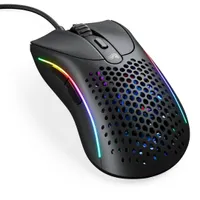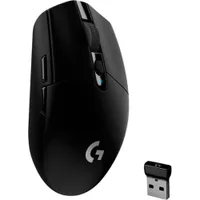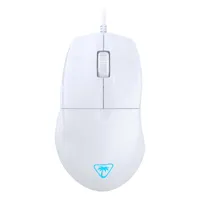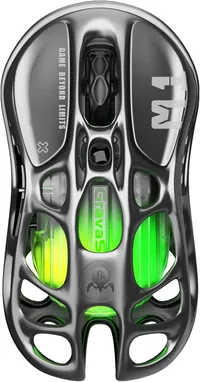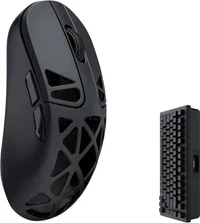Best gaming mouse in 2025 — our top picks
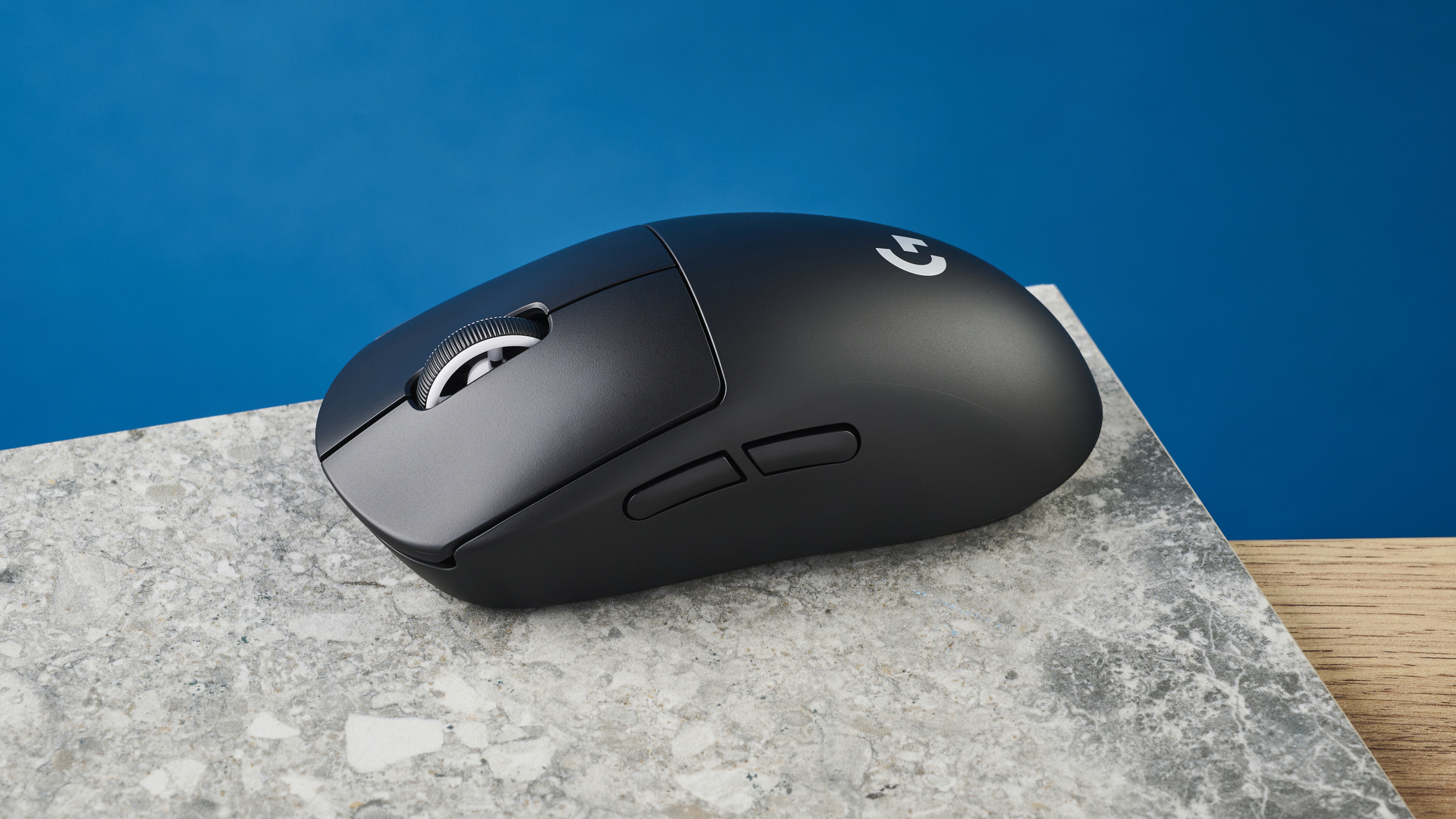
I realized two key details once I grabbed the best gaming mouse for my needs. First, these clickers make PC gaming comfortable for those long sessions, and second, maybe my aiming isn't as bad as I thought it was.
If you're here to give your daily gaming (and non-gaming) routines an upgrade, the right gaming mouse can do the trick. Of course, it can be hard to know if a mouse is worth it without using one yourself, but my team of experts and I will give you a good idea of the clickers to go for.
We've put in dozens of hours testing the latest gaming mice, putting them through their paces in everything from competitive FPS titles to casual single-player games. So, whether you're after incredibly high polling rates and DPI sensitivity or a gamer-ready mouse that boasts plenty of value, we've got just the recommendations.
My favorite gaming mice right now
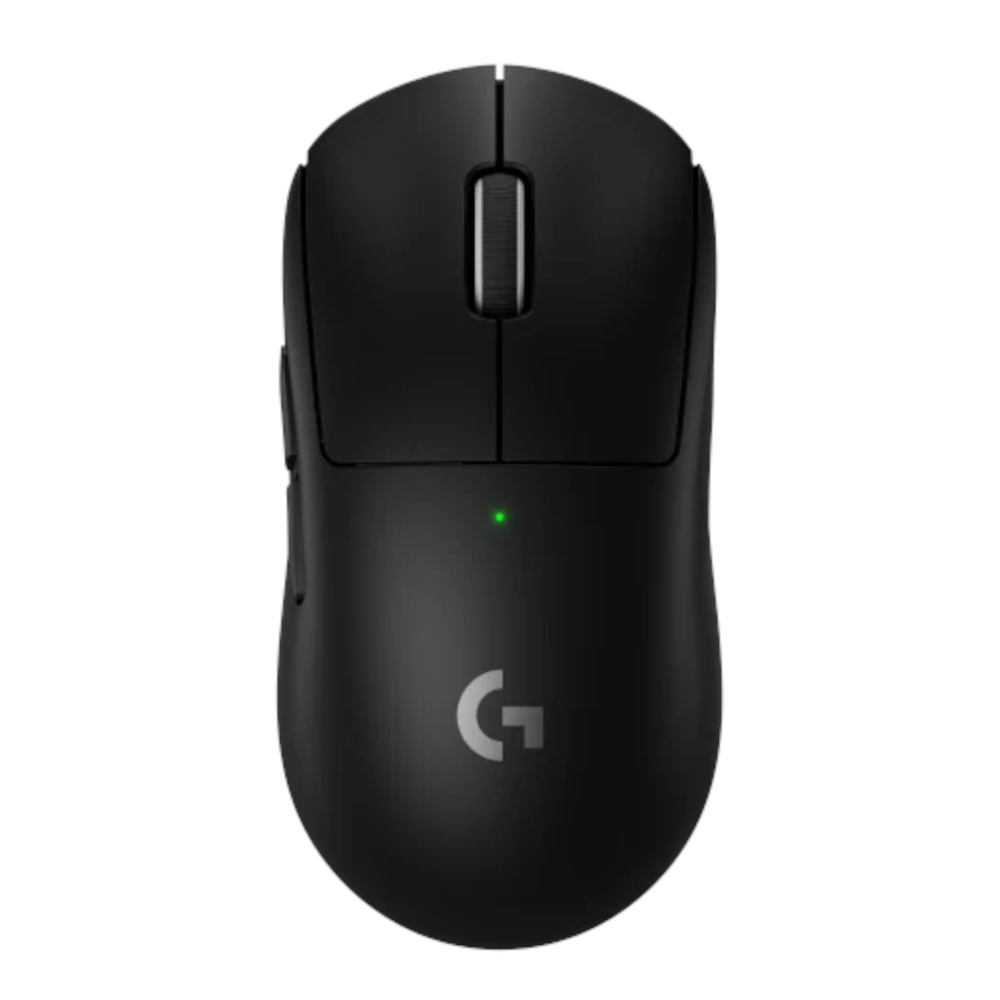
The Logitech G Pro X Superlight 2 is an incredible mouse for gaming. It boasts a maximum DPI of 32,000 and a 4,000Hz polling rate. It’s a no-frills mouse without any RGB lighting, a premium matte finish, and a light-as-air construction. It's the ultimate gaming experience for the competitively-minded.
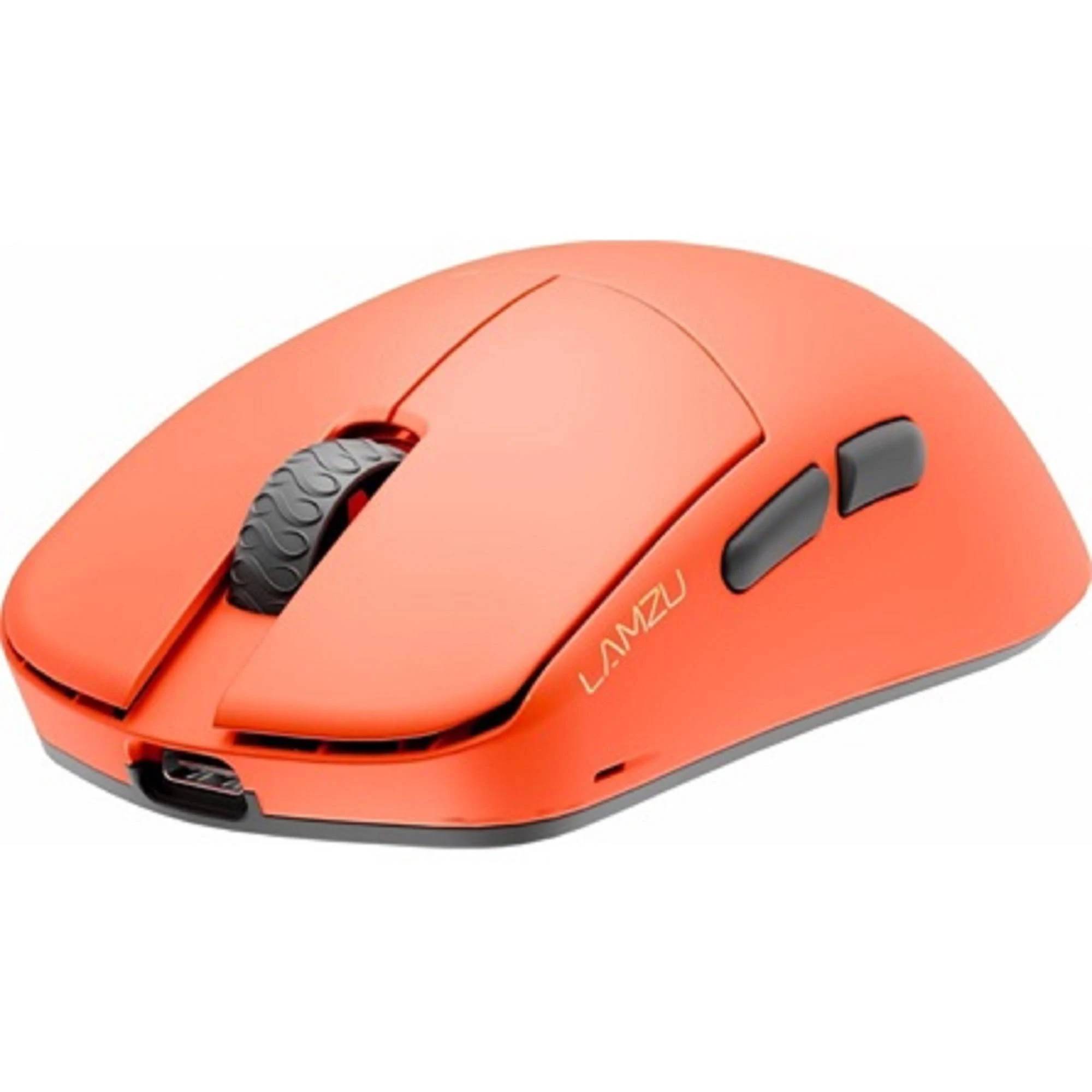
The Fnatic x Lamzu Maya 8K shows that a top-tier gaming mouse doesn't have to set you back too much, delivering excellently clicky switches, a high 8,000Hz polling rate and an ultralightweight design that's comfy to use. Even better if you're a fan of its stylish orange colorway.
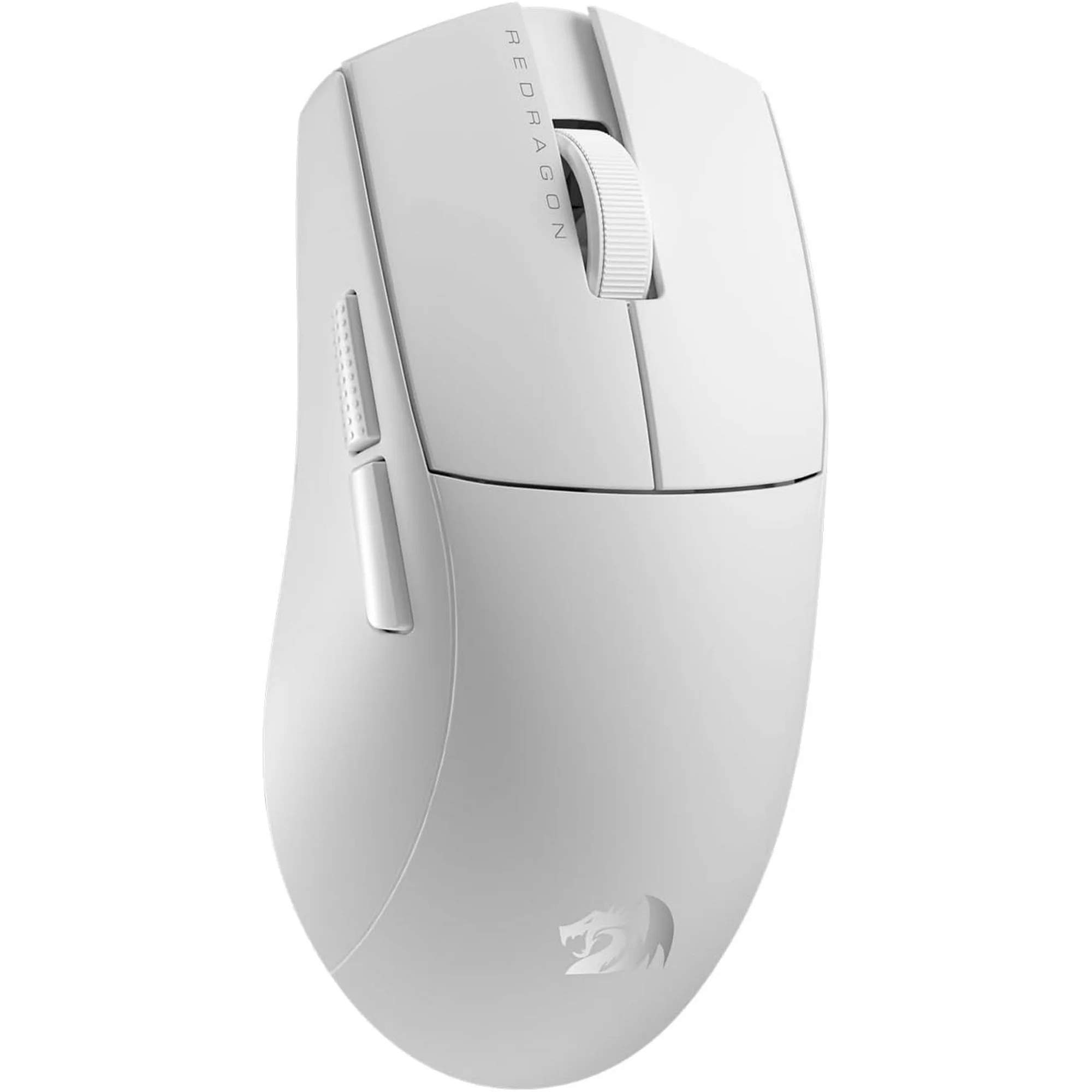
The Redragon M916 is a cheap but cheerful wireless gaming mouse that’s great for anyone looking for an ultra-lightweight alternative to the more premium options. As long as you can look past the boring visual design and cheap plastic, this mouse offers great bang for your buck.
There are a whole bunch of gaming mice out there, with some more suited to specific needs (and some with a boatload of RGB lighting). However, to narrow down what you're looking for, keep this in mind:
How to choose the best gaming mouse?
There are three things to consider when buying a gaming mouse: design, features and price.
Design: Probably the single most important consideration for a mouse. Ultimately, the best gaming mouse is the mouse that feels most comfortable in your hand; everything else really is secondary. As such, you should see if you can hold a mouse before you commit to buying it. If not, at least consider whether you want a large mouse or a small mouse, a mouse with a high profile or one that’s low to the ground, a mouse with a ton of extra buttons or just a few, and so forth.
Features: These include things like wireless connectivity, tunable weights, RGB lighting and swappable parts. The general rule here is that the more features you want, the more expensive a mouse will be. A wireless mouse with swappable parts can cost up to $150; a small mouse with just a few extra buttons and perhaps a light or two could cost $30, or even less, if you’re looking at older models. Keep polling rates (8,000Hz is usually more than enough, 1,000Hz should still be responsive for casual players) and DPI (gaming mice go well beyond the generally accepted 400-1,600 DPI) in mind, too.
Price: Usually a sign of how many features a mouse offers, but there’s another way to save: Buy mice from an older generation. (This doesn’t, however, mean “buy used mice.” That’s usually a bad idea.) Once a shiny, new version of a mouse comes out, the perfectly good older models often plummet in price.
The best gaming mouse you can buy today
Why you can trust Tom's Guide
The best gaming mouse overall
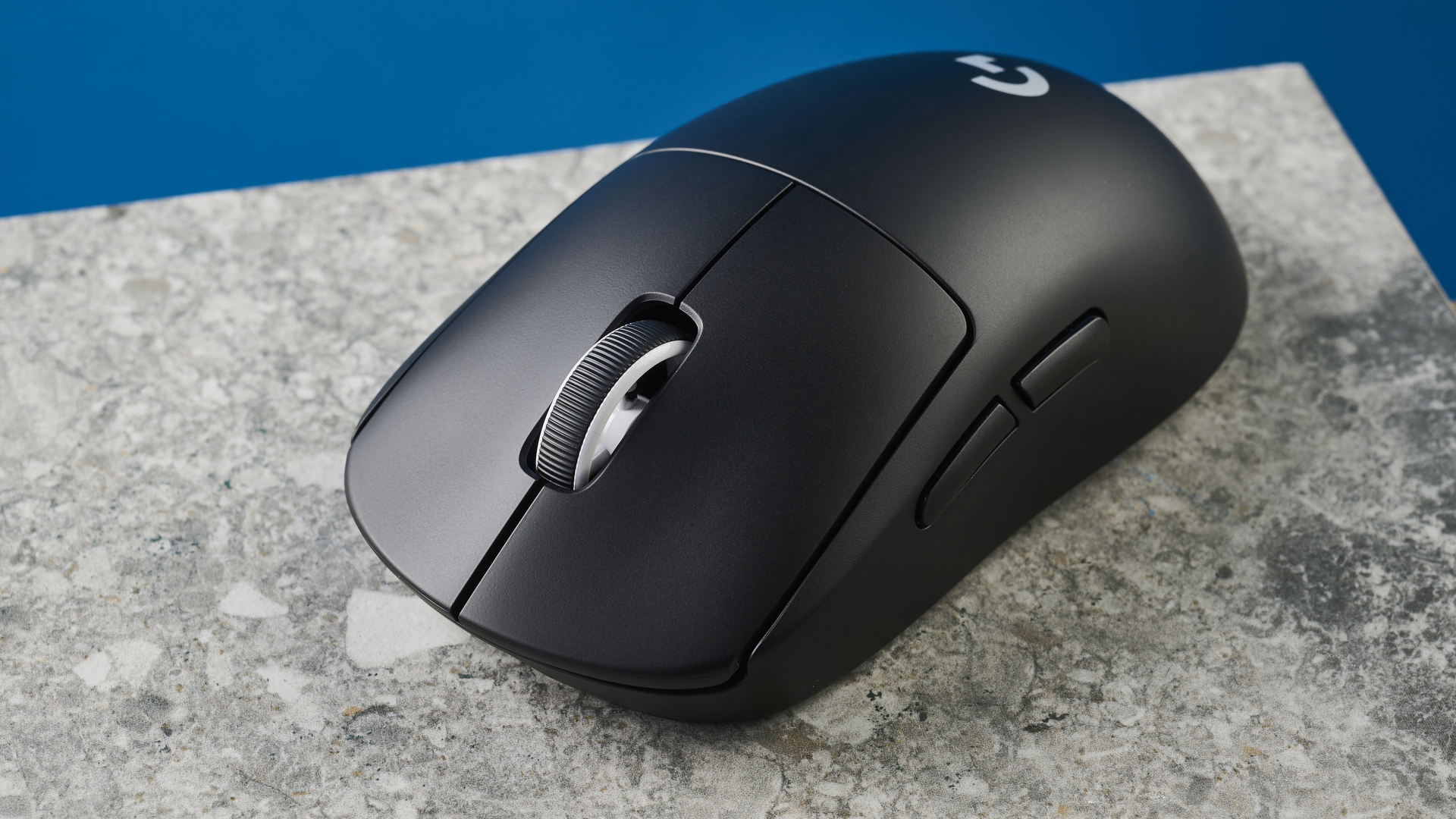
Specifications
Reasons to buy
Reasons to avoid
The Logitech G Pro X Superlight 2 is an outstanding mouse that builds on the Superlight’s biggest selling points. It is well-designed, high-performing, and the ideal mouse for gamers competing at the highest level.
The 32,000 DPI and 4,000Hz polling rate means you can depend on this mouse when you need it to perform its best. Though it's expensive at $154 on Amazon, you get exactly what you pay for. The Logitech G Pro X Superlight 2 is the latest and greatest gaming mouse of the series so far, especially for competitive FPS players.
Read our full Logitech G Pro X Superlight 2 review.
The best gaming mouse for less
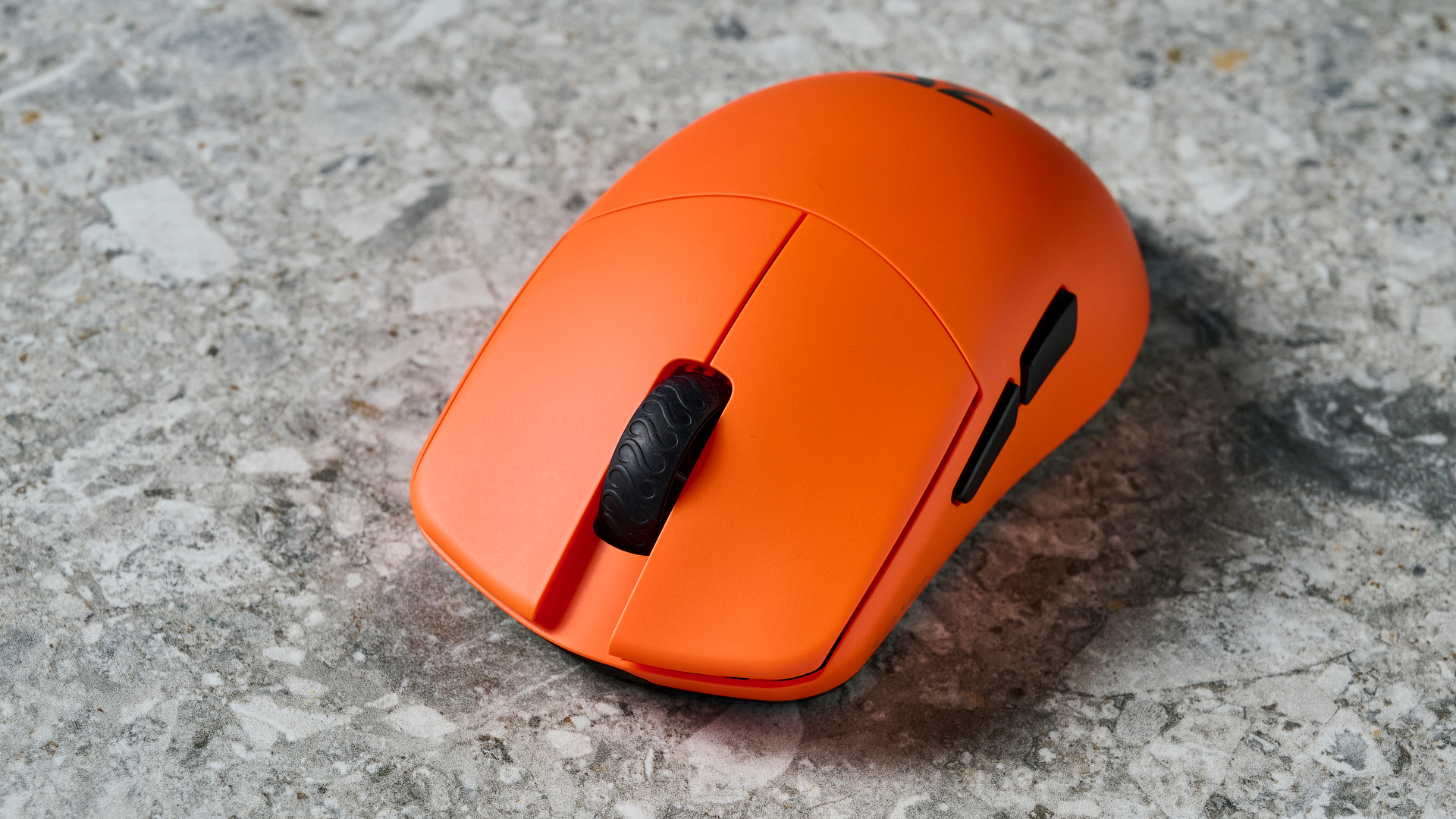
Specifications
Reasons to buy
Reasons to avoid
Sporting the bright orange and iconic logo of the world-renowned Fnatic Esports organization, the Fnatic X Lamzu Maya 8K is one of the best mice we have used. Supporting a polling rate of up to 8,000Hz and boasting one of the most comfortable symmetrical case designs we have laid our fingers upon, there is a lot that sets this mouse apart from the crowd.
With two different models, the Maya and the Maya X, you can pick the one that best suits your hand size. I opted for the Maya X, taking advantage of the larger case size which fit comfortably into my hand. I was able to use the mouse for marathon MMO or RTS sessions without getting tired or my fingers aching, and this is definitely helped by the tiny 47g weight and buttery smooth PTFE skates underneath the mouse.
The Maya directly competes with the Logitech G Pro X Superlight to be the premier gaming mouse for competitive games, and in my eyes it largely succeeds — besides some minor annoyances like a subpar companion app. At just $119 for an 8K polling rate mouse, the Maya is a great deal for those looking to get the very best performing esports mice available right now, without spending big for the Logitech or Razer names.
Read our full Fnatic X Lamzu Maya 8K review.
The best budget gaming mouse
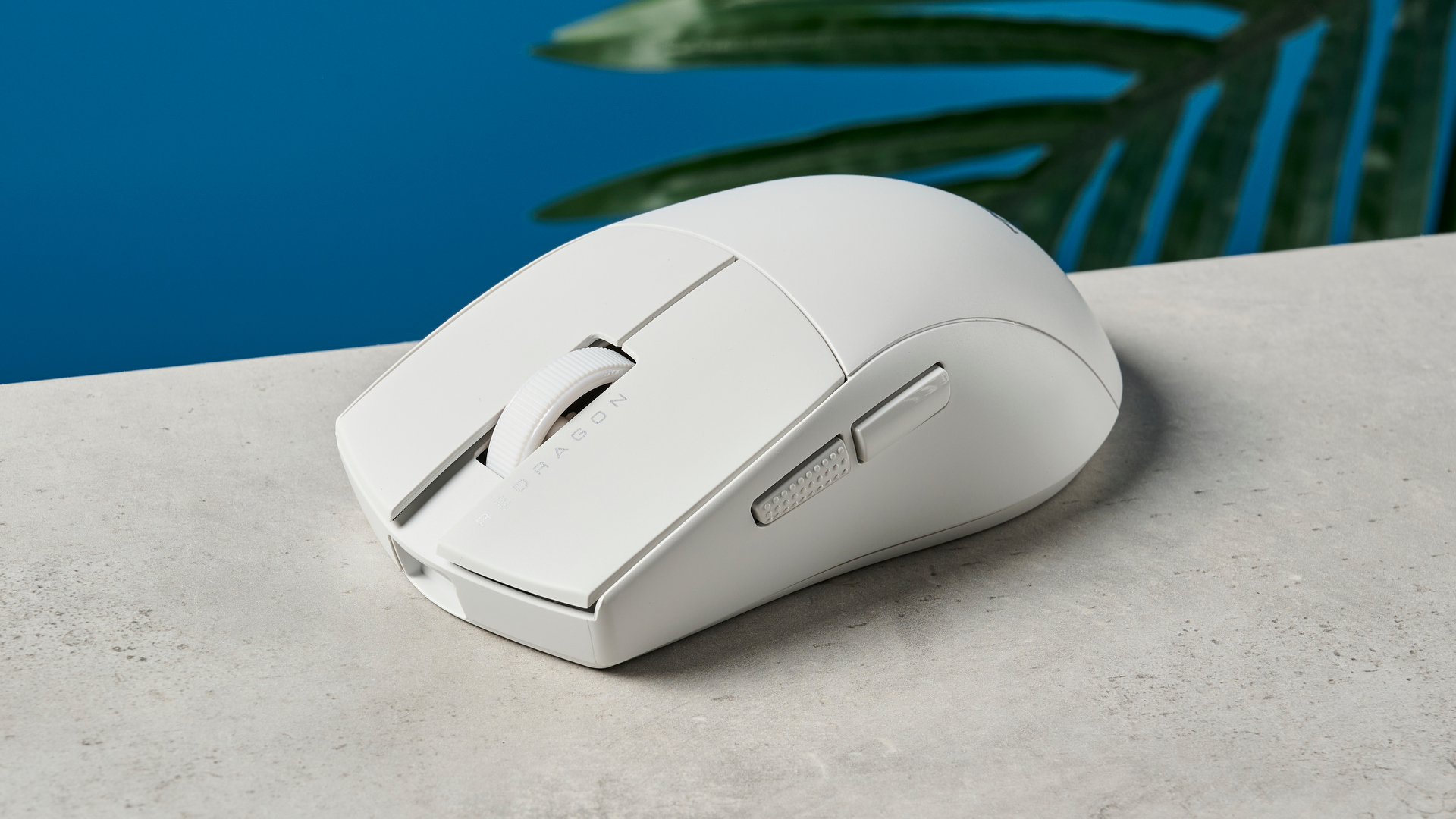
Specifications
Reasons to buy
Reasons to avoid
You don’t have to settle for less with the ultra-light Redragon M916. Weighing in at just 1.7 ounces and packing a 4,000hz polling rate, it really raises the bar of what is possible for a budget gaming mouse.
It’s a little on the small side but is packed with customization and features, with angle snapping, ripple control, and an adjustable debounce time which is perfect if you want maximum performance in a minimalist package. A slightly boring visual design and cheap-feeling plastic won’t win everyone over, but the M916 is one of the lightest mice we have reviewed and a fantastic option for those looking for a wireless mouse below $50.
Read our full Redragon M916 review.
The best light gaming mouse
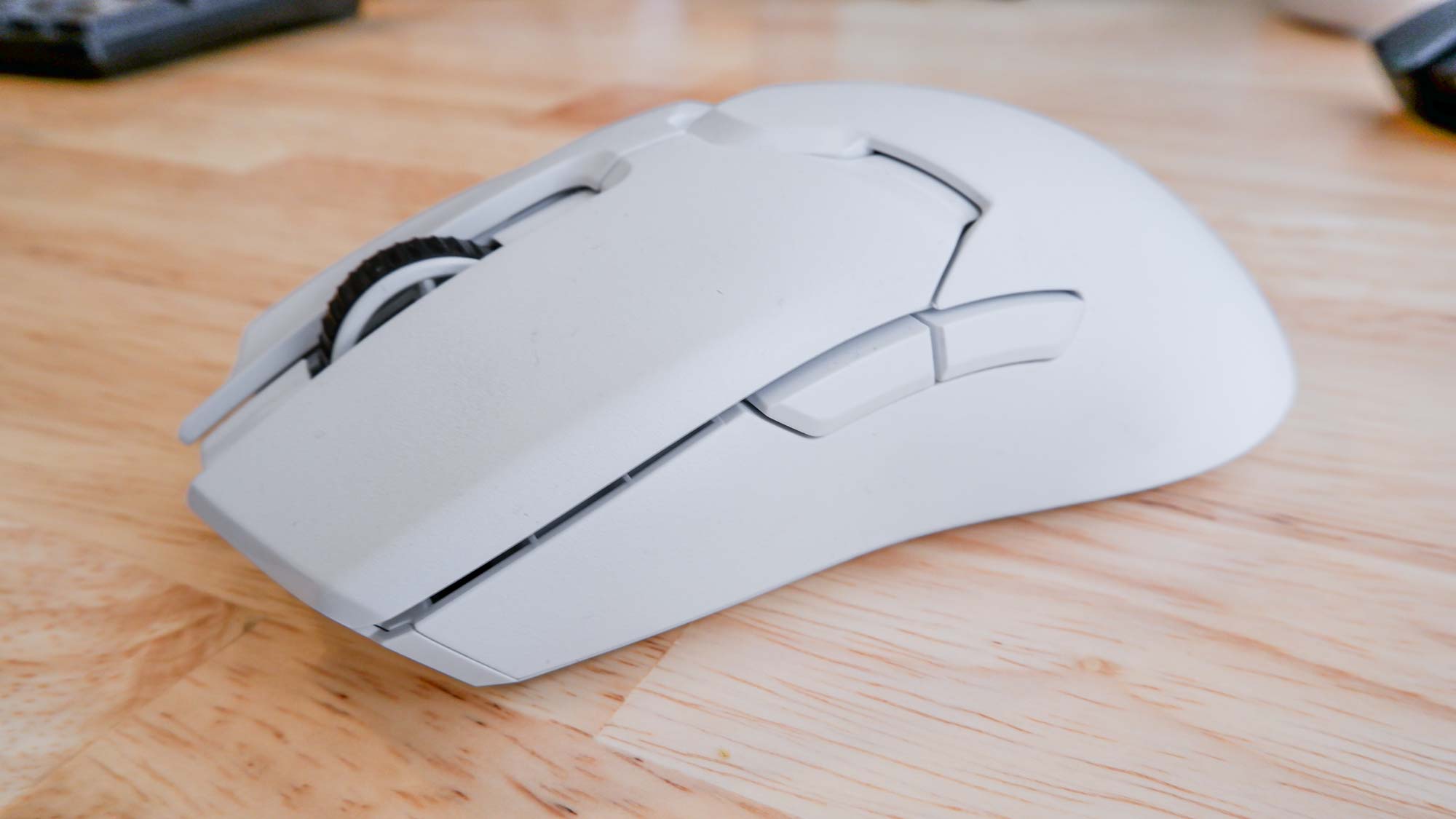
Specifications
Reasons to buy
Reasons to avoid
The $150 Razer Viper V2 Pro is billed as a wireless esports mouse, but it’s also ideal for everyday use. This is due to the device’s lightweight, nondescript design, and its exceptional battery life. A slew of customization options via the Razer Synapse desktop app also lets you tailor the mouse's functionality to your tastes.
As the successor to the Razer Viper Ultimate, the Viper Pro 2 has a lot to live up to. But Razer fans can rest assured that the Viper Pro 2 lives up to its predecessor, and earns its premium over cheaper mice, such as the Razer Orochi.
Read our full Razer Viper V2 Pro review.
The best wireless gaming mouse

Specifications
Reasons to buy
Reasons to avoid
The Alienware Pro may be the company's first product aimed at professional gamers, but perhaps the first time's the charm in this case. Boasting a super-high 26,000 DPI, a lightweight design at 2.08 ounces and seamless connectivity with its 2.4GHz wireless dongle.
It's lovely to hold and glides across surfaces like few others, and is amazing for the vast array of FPS titles out there. The $149 price is steep, and the lack of RGB lighting can be a downer for those looking for it, but that can't take away from all-around greatness. What's more, it can last over 32 hours during use (and 120 hours battery life at 1KHz polling).
The Alienware Pro is a brilliant peripheral for pro and general gamers alike. If you can spare the cash, do yourself a favor and pick up this top-tier gaming mouse.
Read our full Alienware Pro Wireless Gaming Mouse review.
The best mouse for work and play
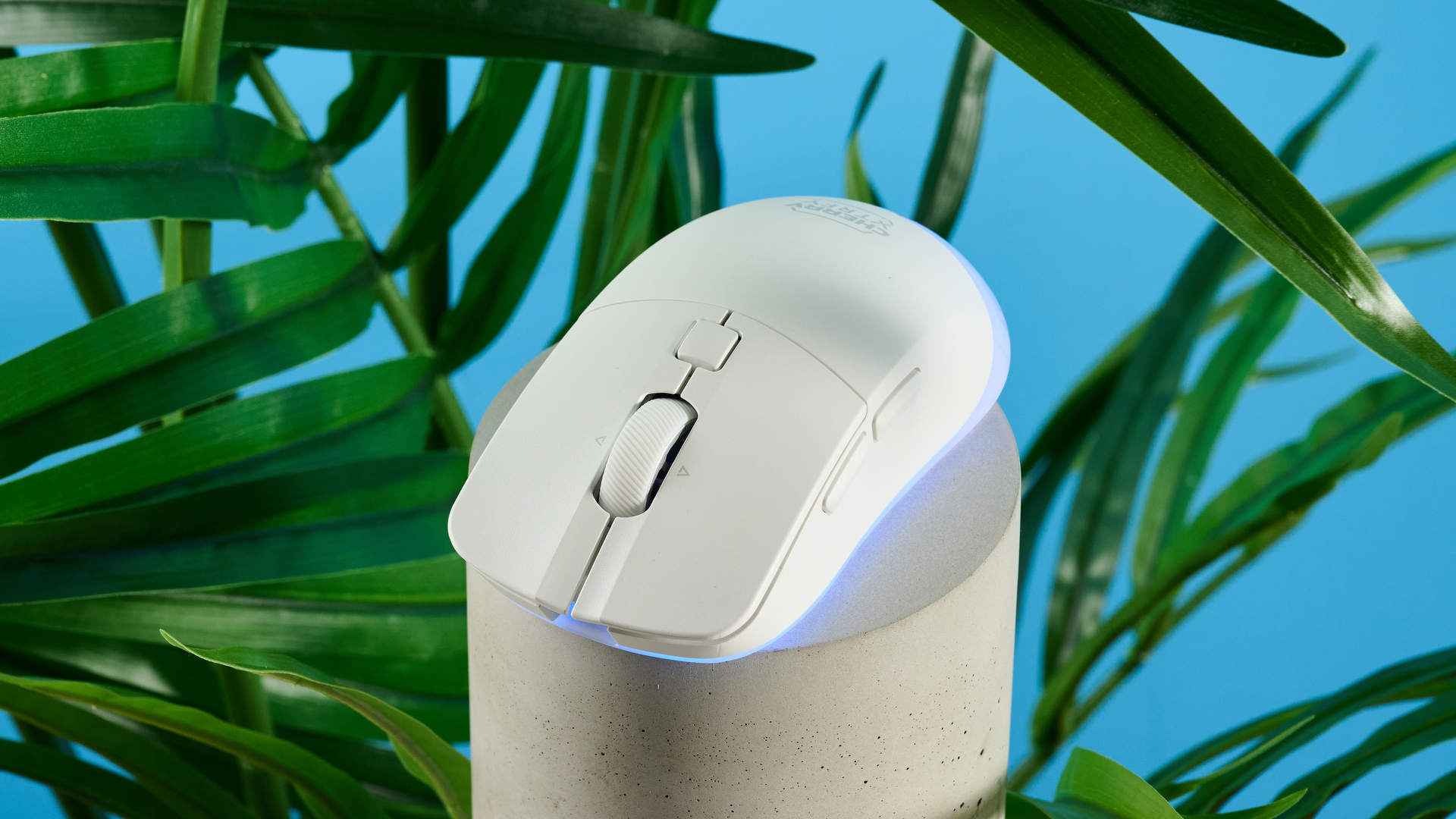
Specifications
Reasons to buy
Reasons to avoid
Thanks to how comfortable the Cherry XTRFY M50 is, even one of our staff is using it as a daily driver in the office, but it offers some great gaming performance to go along with it.
The M50 Wireless really impressed with its strong gaming performance — in casual titles, at least. Its customizable maximum 12,000 DPI and 1,000Hz polling are fantastic and work as intended, and its user-friendly companion software works like a charm, too.
If you’re right-handed and aren’t a competitive gamer — and don’t mind the Windows-only software — then you'll be a fan of this mouse working as a great all-rounder. Plus, Its minimalist design is lovely to look at.
Read our full Cherry XTRFY M50 Wireless review.
The best mouse for FPS

Specifications
Reasons to buy
Reasons to avoid
Looking to get an edge in Call of Duty: Black Ops 6, Valorant or other FPS games? Look no further than the phenomenal Keychron M7.
Starting at $49, the Keychron M7 is a standout in the budget gaming mouse market. With its ergonomic design, it caters to right-handed users who like using both palm and claw grips. The M7 features a high DPI of 26,000 and a 1,000Hz polling rate, enabling rapid precise movements in FPS and RPGs alike. Its lightweight yet sturdy build, thumb rest and tactile switches enhance comfort and usability, making it a joy to use during long gaming sessions and at work.
The M7’s 26,000 DPI helped us achieve more accurate headshots and chain-stab opponents at close quarters in Counter-Strike.
For those seeking a budget-friendly, high-performing mouse, the Keychron M7 is definitely worth considering, as it would be a valuable addition to a right-handed gamer’s setup.
Read our full Keychon M7 review.
The best mouse for MMO
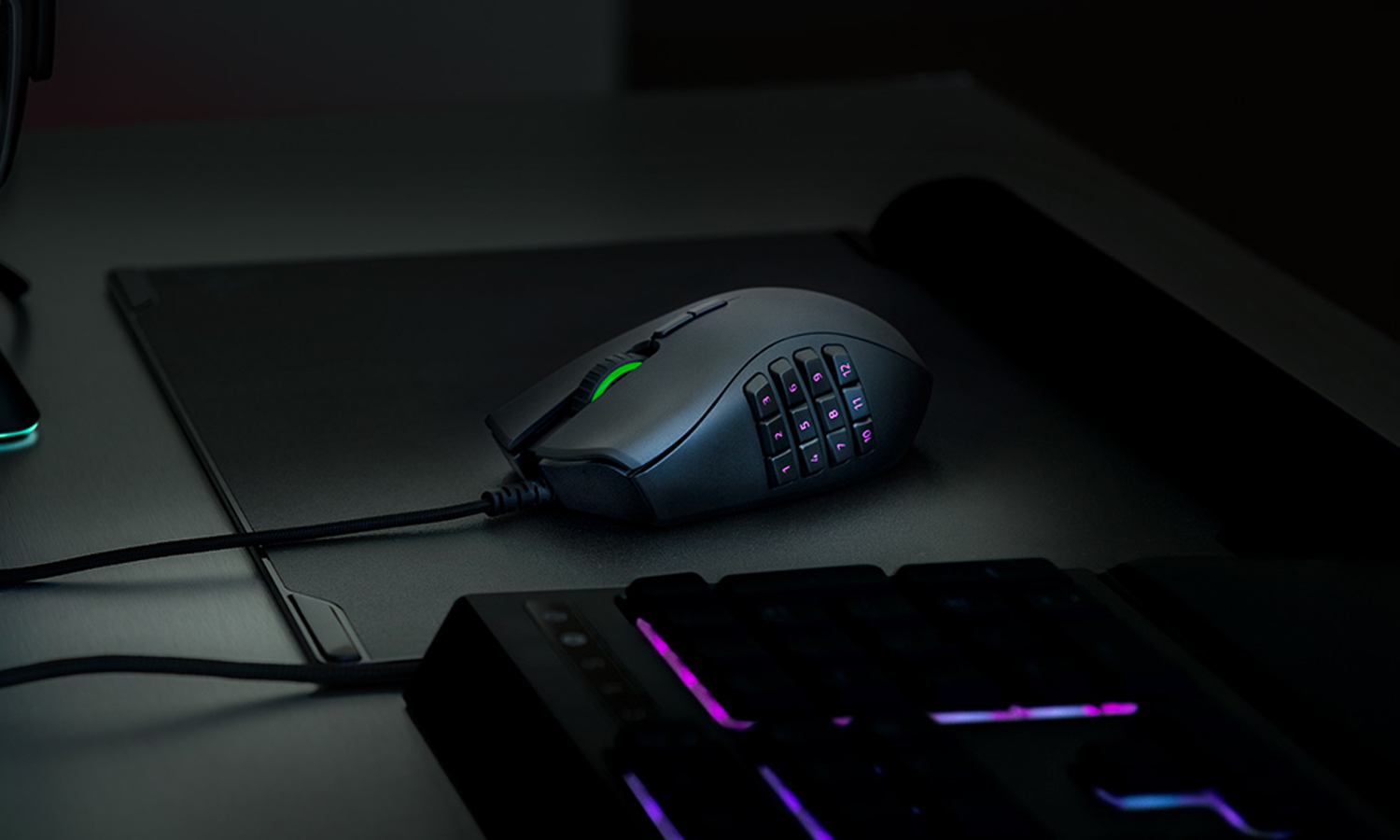
Specifications
Reasons to buy
Reasons to avoid
The Razer Naga Trinity is arguably the best gaming mouse for MMOs. But thanks to its unique design, it can also be the best gaming mouse for MOBAs, or even action/adventure games. Rather than being stuck with a single style of thumb buttons, the Naga Trinity offers three swappable panels: one with two buttons, one with seven buttons in a “hex” pattern (really, “hept,” but let’s not split hairs) and one with a whopping 12 buttons.
The 12-button configuration is incredibly useful for World of Warcraft, Final Fantasy XIV and other MMO favorites, but the other two side panels ensure that you can use the Naga Trinity with just about any genre and still excel. It’s a large, heavy mouse, which is good for players with large hands, and the side panels are effortless to swap in and out. If you'd prefer a wireless model, consider the similarly excellent Razer Naga Pro instead.
Read our full Razer Naga Trinity review.
The best mid-range gaming mouse
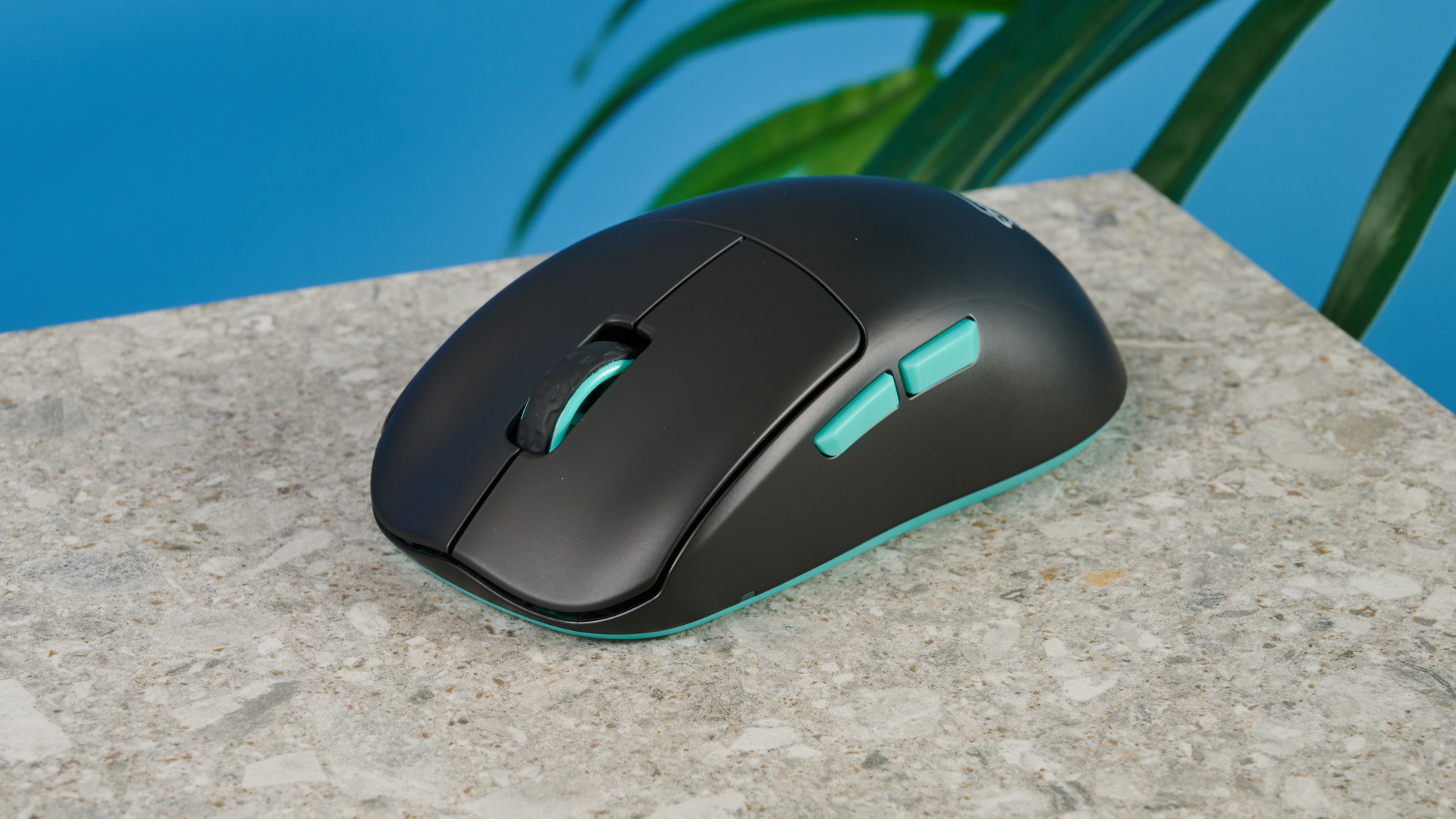
Specifications
Reasons to buy
Reasons to avoid
The Cherry M68 stands up against its competition with powerful performance and overall great build, making it an impressive gaming mouse that sets a high bar for the mid- to high-range of gaming mice.
It isn't exactly made for professional-level gameplay, seeing as its charging port is awkwardly placed at the side, but its hard to beat that under-$100 price. Plus, its high 26,000 max DPI, 2.4G wireless connectivity and comfortable build are all the makings of a premium gaming mouse. Oh, we're big fans of the clicky Huano switches.
The M68 is an easy recommendation for those looking for a high performance mouse that feels great to use. We recommend this over the "Pro" version, which comes with a 8,000Hz polling rate that can't be used to its fullest. Although, if you have the cash, it's still a great option.
Read our full Cherry M68 review.
The best gaming mouse for Windows
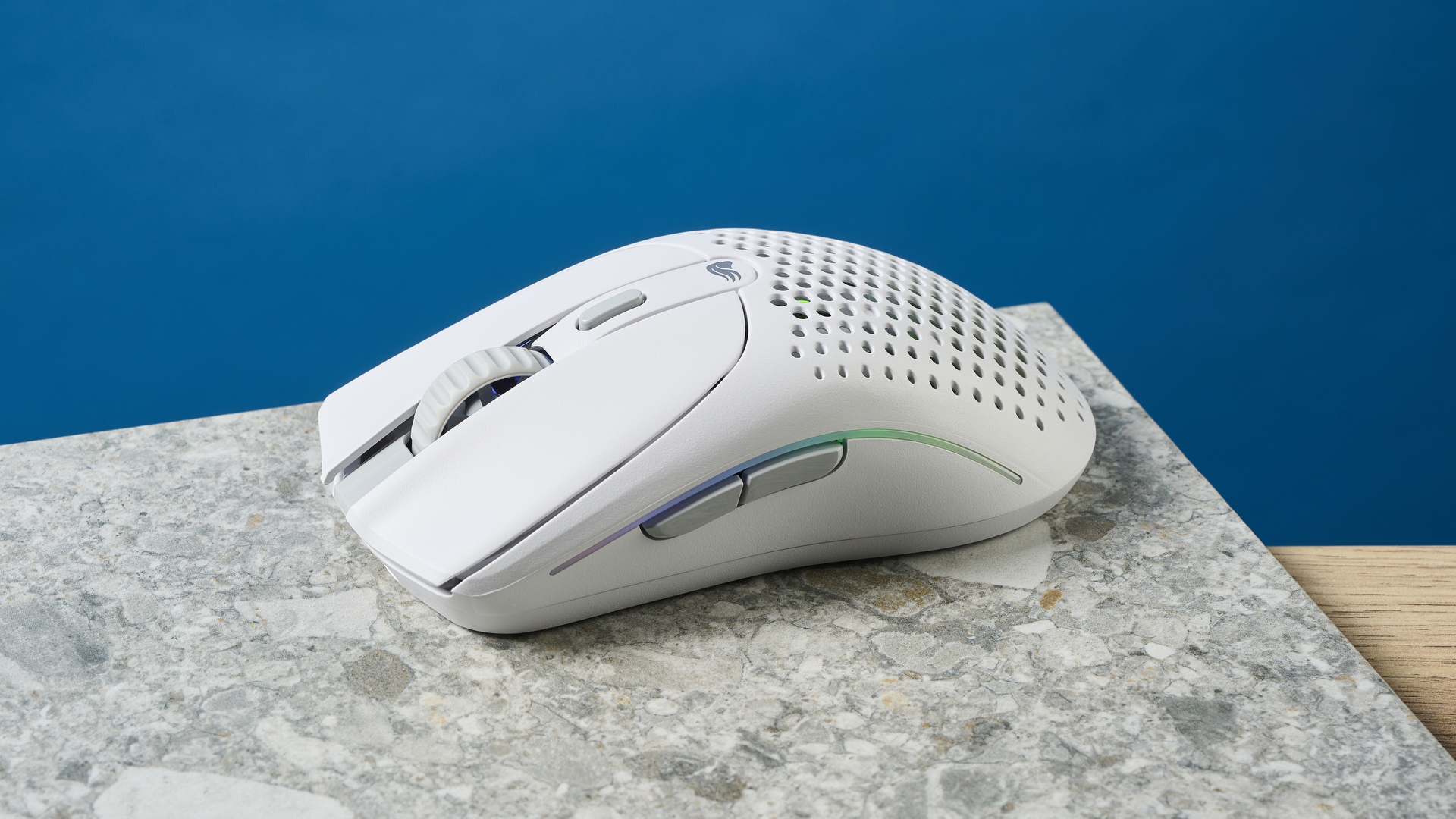
Specifications
Reasons to buy
Reasons to avoid
The Glorious Model O 2 lives up to its "glorious" moniker thanks to its maximum 26,000 DPI, 1,000Hz polling rate, vibrant RGB lighting and sturdy premium casing. Even if you're not a competitive gamer, you'll feel this gaming mouse's excellent performance. The fact it's only $79 serves to make this handy (pun intended) peripheral even better.
While the perforated design and the fact there's no software for Mac users might be off-putting to some, we think this gaming mouse's strengths far outweigh its weaknesses. If you want an all-around solid gaming mouse for Windows, the Glorious Model O 2 fits the bill.
Read our full Glorious Model O 2 review.
Also tested
(★★★☆☆½)
Despite the Glorious Model D2 offering amazing features for a gaming mouse, including 26,000 DPI and a 1,000Hz polling rate, along with a very lightweight yet sturdy design, it doesn't quite hit the mark due to its divisive design and lack of a left-handed version. But it's still worth checking out!
Read our full Glorious Model D2 review
(★★★☆☆½)
The Logitech G305 Lightspeed was so close to greatness, but fell short due to its lack of features and being battery powered, which isn't ideal for a gaming mouse. That said, you can still expect good gaming performance and a high-quality build.
Read our full Logitech G305 Lightspeed review
(★★★☆☆)
The Turtle Beach Pure SEL is a missed opportunity for an otherwise affordable version of a decent gaming mouse. It's rubberized cable and poor switches let it down, but it's still lightweight, offers a comfortable shape and it's very affordable.
Read our full Turtle Beach Pure SEL review
(★★★★☆)
The GravaStar Mercury M1 Pro is a gaming mouse that looks like no other, and it’s sure to garner attention if it’s on your desk. But that’s not all. The mouse also wows with its gaming performance thanks to the 1,000Hz polling rate and 26,000 DPI.
Read our full GravaStar Mercury M1 Pro review
(★★★★☆)
Boasting a 4,000Hz polling rate and 26,000 DPI for precise cursor movement, the Keychron M3 Mini 4K Metal is an awesome gaming mouse. It’s lightweight yet sturdy, and its magnesium alloy body is comfortable to hold. However, it’s got a perforated design that might not be to everyone’s liking, along with an impractical gimmicky dongle.
Read our full Keychron M3 Mini 4K Metal review
How we test the best gaming mouse
To test gaming mice, we run them through at least four games across a variety of genres: usually FPS, RTS, RPG and MMO. We make sure we get a few hours of game time whenever possible. We also use mice for productivity for at least two days, in order to gauge the shape, comfort and overall design.
Software is another important part of a mouse’s evaluation, as almost every gaming mouse from a major manufacturer has access to a software suite. We analyze a software suite for functionality, ease-of-use and system resource drain. The best software packages are lightweight and easy to learn; weaker software packages tend to be unstable or convoluted.
For wireless mice in particular, battery life is a big concern. As such, we'll monitor how quickly the battery runs down, how long the mouse takes to recharge and how much of a difference options such as lighting and connectivity type make. While we can't always measure a mouse's full battery life from start to finish, we can usually extrapolate after a few days.
Price factors into our evaluations as well, although “cheaper” does not always necessarily equal “better.” Instead, we believe that more expensive mice should offer more features, especially if they’re priced similarly to competing mice that offer similar feature sets. Cheaper mice should always be comfortable and effective in-game, although we don’t penalize them for offering simpler designs or fewer bells and whistles.

As Computing Editor at Tom's Guide, I check out the latest in all-things peripherals, and that (thankfully) includes the best gaming mice. I'm a fan of Razer's offering of clickers, but that doesn't mean they're the best for everyone. There's a gaming mouse out there that will suit everyone's fancy, and our team and I have done the legwork to find the best of them.
Get instant access to breaking news, the hottest reviews, great deals and helpful tips.

Darragh is Tom’s Guide’s Computing Editor and is fascinated by all things bizarre in tech. His work can be seen in Laptop Mag, Mashable, Android Police, Shortlist Dubai, Proton, theBit.nz, ReviewsFire and more. When he's not checking out the latest devices and all things computing, he can be found going for dreaded long runs, watching terrible shark movies and trying to find time to game
- Tony PolancoSenior Computing Writer
